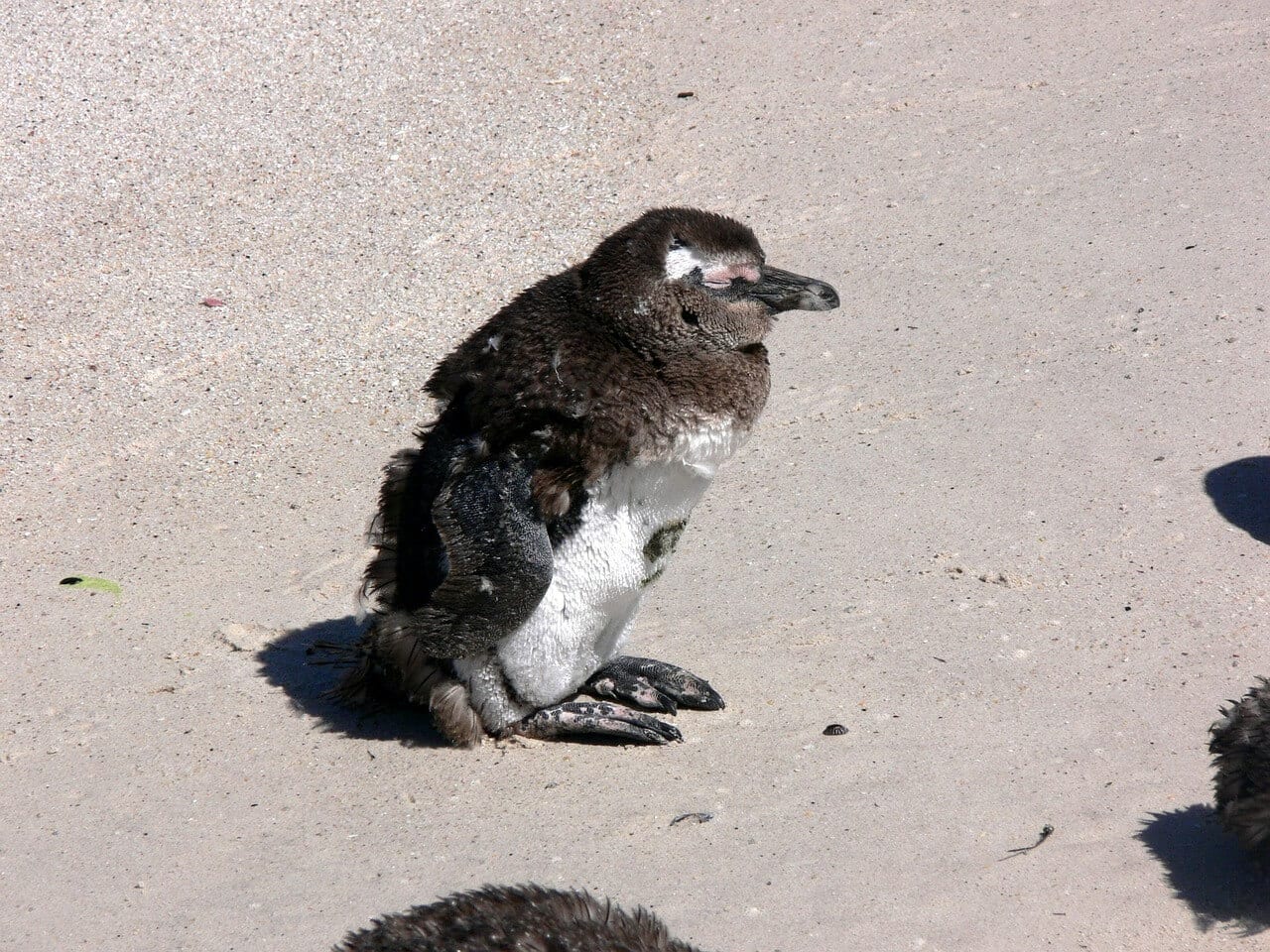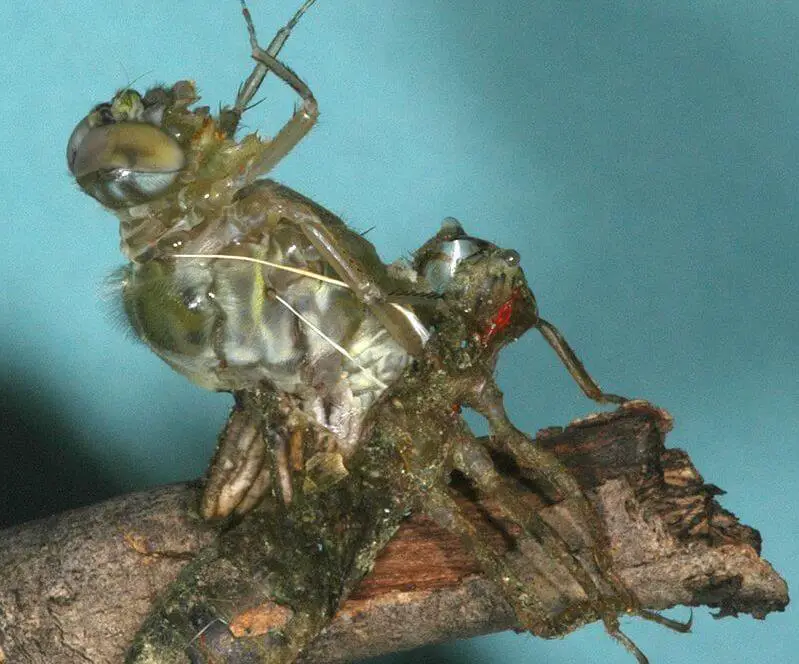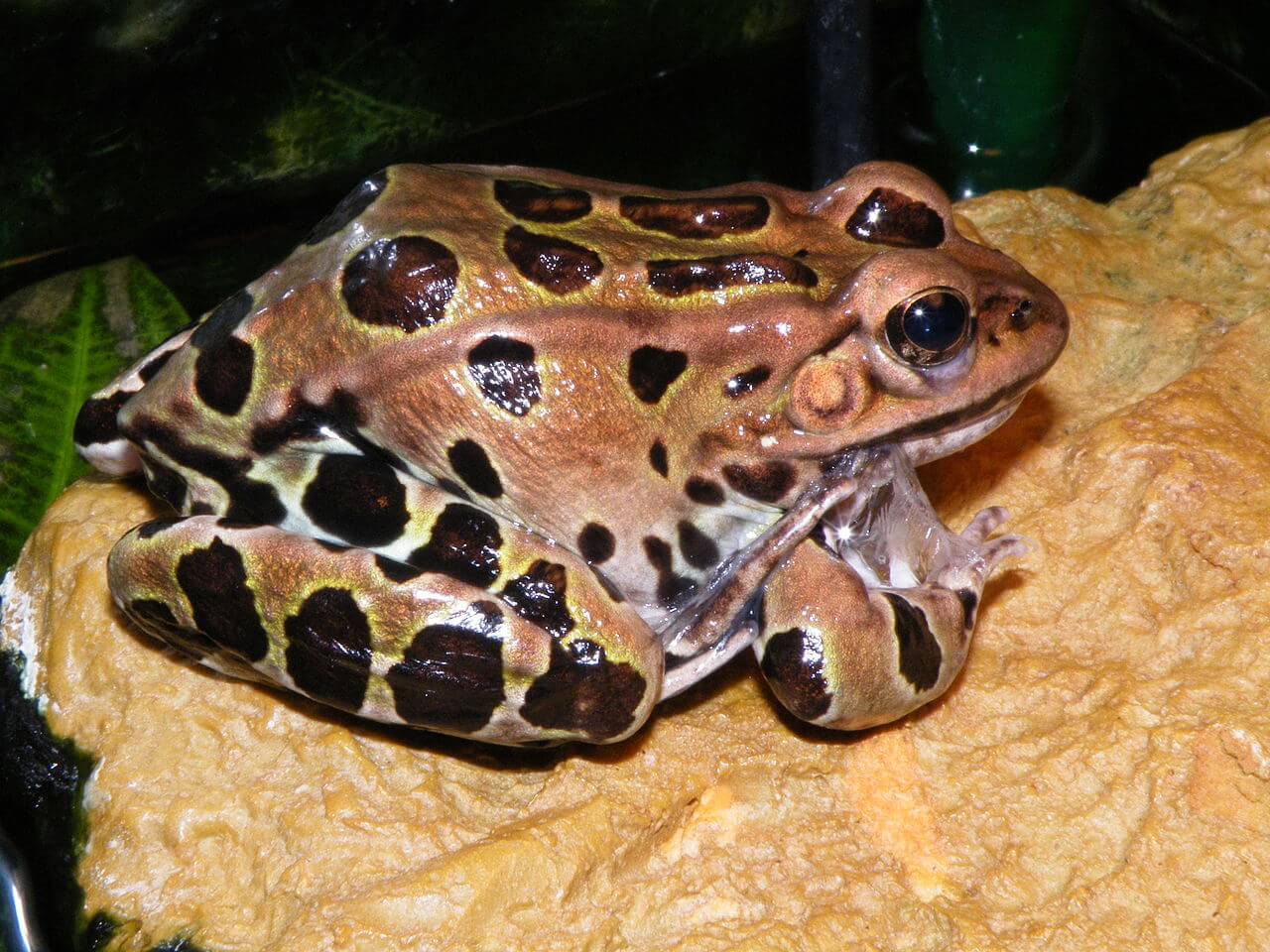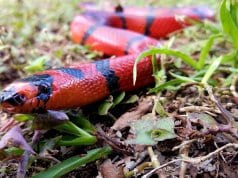Molting is the process that occurs when animals shed their old skins or body coverings. Once they discard their old body covering, a fresh, new skin is revealed. This process is also known as shedding, but most biologists call the process ecdysis. Molting can also refer to the replacement of other body coverings, such as hair, feathers or exoskeletons.
The vast majority of animals molt, but they do so in a variety of different ways. Some animals molt slowly, by replacing tiny pieces of skin over a long period of time. Others molt suddenly, over the course of mere minutes or hours. Some animals molt every few weeks or months, some molt at specific times of the year, and others only molt a few times in their entire lives.
We’ll talk about the process of molting and some of the best examples in the animal kingdom below.
Molting: The Process of Skin Replacement
Animals molt to rid themselves of old skin cells and make room for their new skin cells.
Like all other cells in the body, an animal’s skin cells wear out and die over time. This means that animals have to produce new cells to take the place of those who’ve died. In the process, the old cells have to be shed to make room for the new skin cells to take over.

Typically, new skin cells form beneath the existing skin cells. This way, when the animal sheds its old skin, the fresh new layer of skin cells is ready to spring into action. Note that because skin cells often become dull over time, animals that have recently molted often display very bright coloration.
The Two Types of Molting: Punctuated and Gradual
Some animals shed their entire skin or exoskeleton at once, while others do so over time.
Many animals shed their entire outer skin covering at one time. Those who do so often leave an entire suit of skin behind once they’ve completed the process. The old skin typically looks just like the animal, except that it is usually clear in color.

Snakes are famous for periodically shedding their old skin and revealing a new skin underneath. However, many other animals shed in a similar manner. Some of the best examples of animals that shed completely and at one time are arthropods. This includes crabs, lobsters, insects, scorpions and spiders, among others.
Other animals shed small bits of their skin cells at a time. This means that they don’t shed their complete skin at once. Instead, new skin cells gradually replace those that die and slough off. Most mammals – including humans – shed in this way.
Molting Isn’t Always About Skin
Most animals shed their skin periodically, and some also shed their feathers or exoskeletons too.
While some animals shed their skin or scales (scales are simply modified skin), some animals shed other types of external body coverings.
 For example, when you see an insect or arachnid shedding, you are actually watching the animal shed its exoskeleton, rather than its skin. An exoskeleton does a lot of the same things that skin does, but it also contains a chemical called chiton, which helps make it rigid like a skeleton.
For example, when you see an insect or arachnid shedding, you are actually watching the animal shed its exoskeleton, rather than its skin. An exoskeleton does a lot of the same things that skin does, but it also contains a chemical called chiton, which helps make it rigid like a skeleton.
Birds are also somewhat unusual. They shed their skin cells gradually as most mammals do. However, they also shed their feathers. Many species do so in a relatively brief period of time, lasting only a week or so. Most birds molt at specific times of the year.
For example, birds may molt in the fall or winter to prepare them for the cold weather to come. Many bird species also molt in the spring, shortly before the breeding season starts. This allows them to display their boldest and brightest colors, which will often help them to attract mates.
Molting During Metamorphosis
Many animals that have complex life cycles molt when they change from one form to the next.
Many insects undergo complex life cycles, which consist of several different phases. Butterflies, for example, start life as an egg, before hatching into a caterpillar. They then form a chrysalis or cocoon and undergo metamorphosis to turn into an adult butterfly. During their emergence, butterflies are essentially molting as they jettison their outer covering.

A similar process occurs with cicadas. Cicadas spend most of their lives living underground and feeding on the roots of trees. Once they are ready to metamorphose and turn into an adult cicada, they climb up the nearest tree trunk. A short while later, they break free of their old exoskeleton, which reveals a different looking insect entirely.
Molting: A Dangerous Time for Many Species
Some animals become particularly vulnerable to predators while molting.
Many animals are particularly vulnerable before, during or after they molt. This leads many species to hide while they are undergoing the molting process.
 Snakes, for example, often become blind for a few days before they shed. Their eyes will actually appear bright blue during this time. Snakes are obviously vulnerable to predators when they can’t see, so they often hide under rocks or logs while they are unable to see.
Snakes, for example, often become blind for a few days before they shed. Their eyes will actually appear bright blue during this time. Snakes are obviously vulnerable to predators when they can’t see, so they often hide under rocks or logs while they are unable to see.
Other species become vulnerable after they undergo the shedding process. For example, when lobsters, crawfish and crabs shed their exoskeletons, it reveals the very soft, delicate skin underneath. This skin will harden into a proper exoskeleton over the next few days, but until it does, they are very likely to be eaten by predators.
In fact, some predators display a distinct preference for these freshly molted crustaceans. Some, such as crayfish snakes, survive almost entirely on freshly molted crustaceans.

Molting is a necessary part of the life cycle for most animals, although it clearly occurs in a variety of different ways. We’ve discussed some of the most interesting examples of molting above, but we’d like to hear about some of the other examples you can think of.
Let us your examples of odd molting behavior in the comments below.














![Red Angus Closeup of a beautiful Red Angus cowPhoto by: U.S. Department of Agriculture [pubic domain]https://creativecommons.org/licenses/by/2.0/](https://animals.net/wp-content/uploads/2020/03/Red-Angus-4-100x75.jpg)

